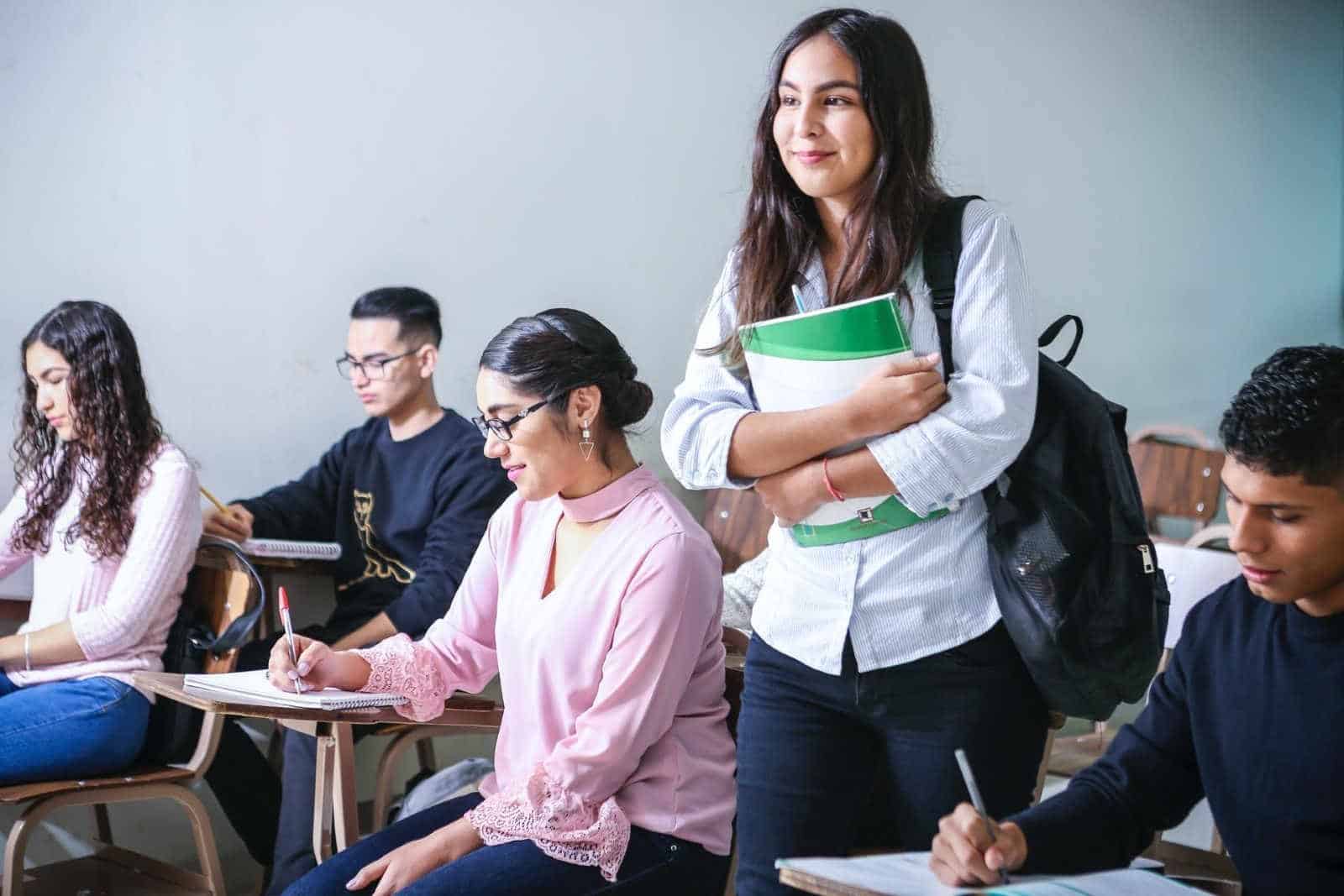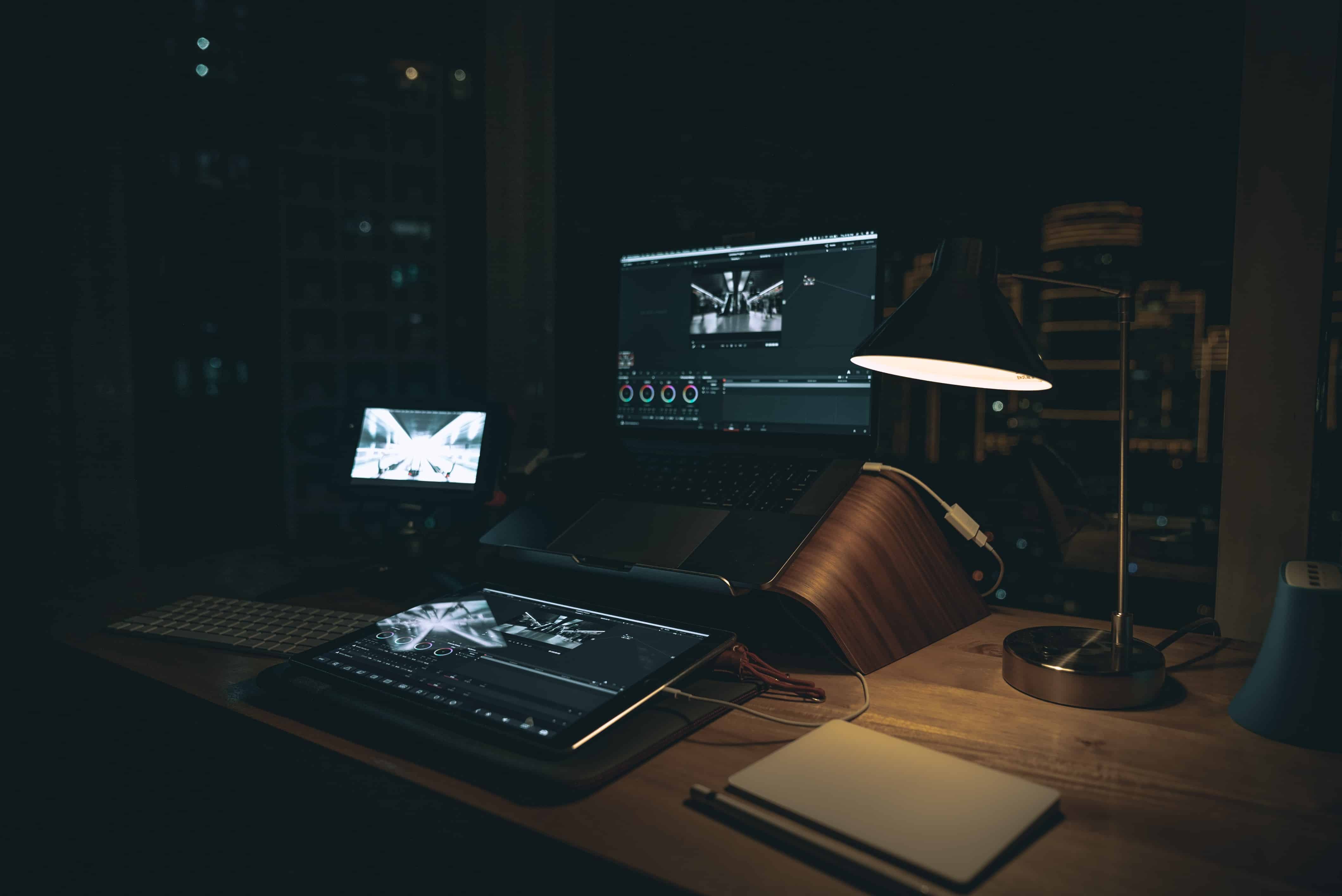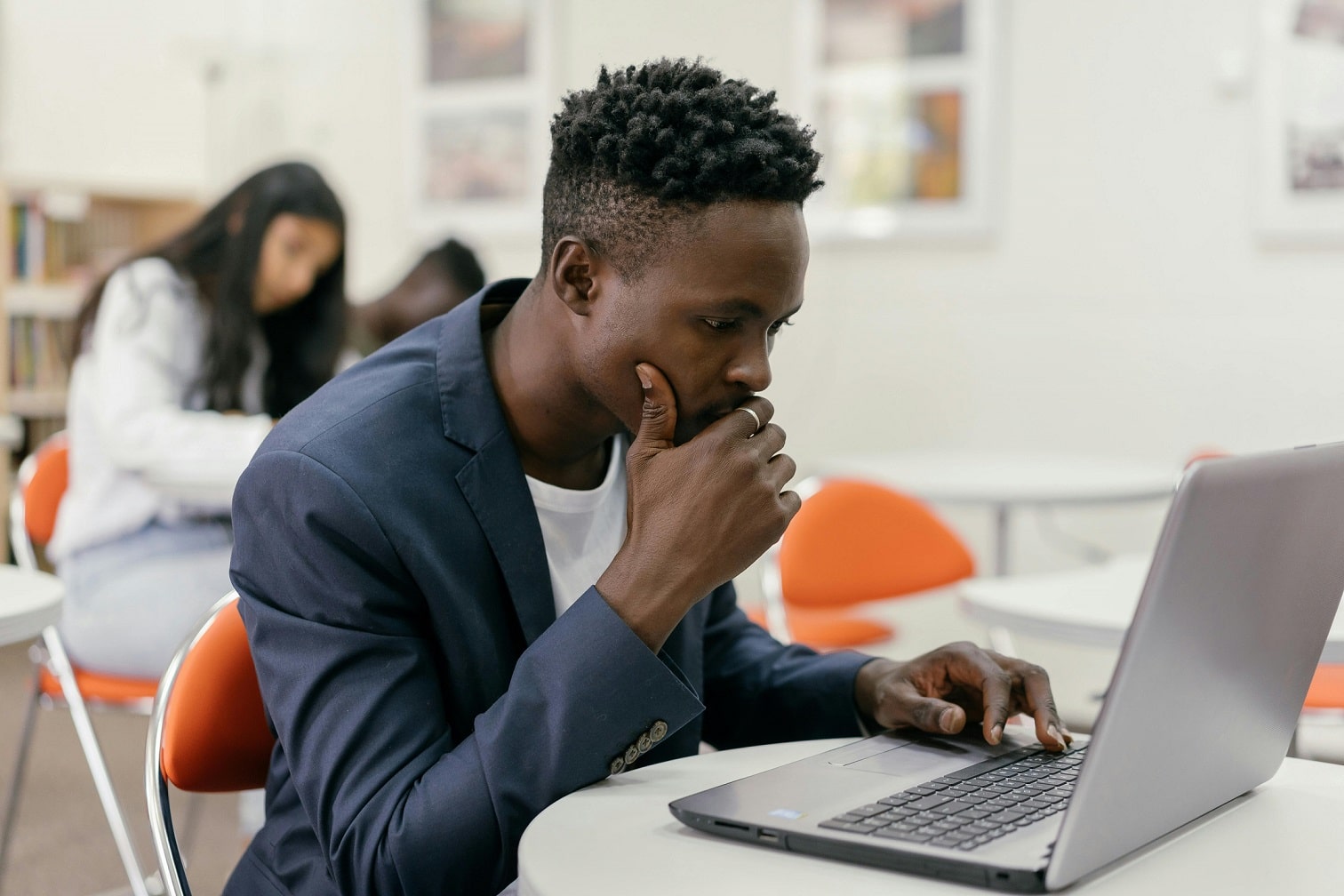Making assistive technologies available in universities is paramount to allow students with disabilities equal access to learning. 6.8% of US children younger than 18 years have a diagnosis of an eye or vision-related condition. When the time comes for them to enter university, students with vision loss will inevitably require accommodations to receive an equitable education. With this in mind, more educational institutions are committing themselves to implementing assistive technologies that help students who are blind or have low vision.
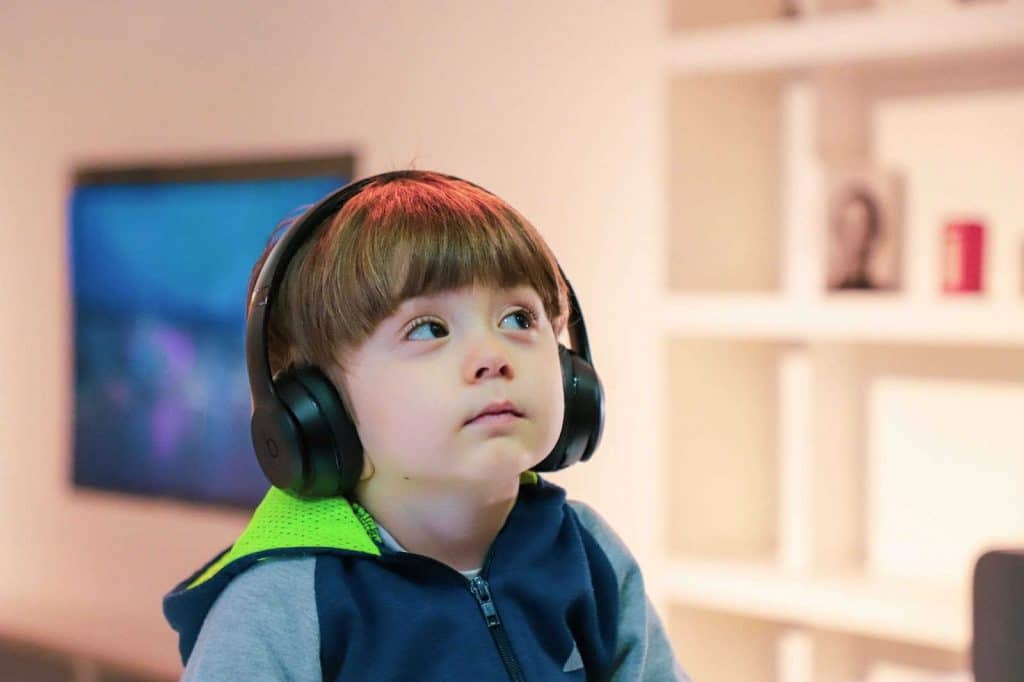
Access to assistive technologies opens the door to opportunities for students living with low vision to participate alongside their peers. Assistive technology runs the gamut of tools like audio description, modified keyboards and virtual assistants. All of these tools are making a difference by creating a more equitable learning environment for students who need accommodations.
Understanding assistive technology
Many institutions are paying greater attention to the Americans with Disabilities Act (ADA). Universities are working on how to remove barriers that are detrimental to the learning process for those the act is designed to protect. Part of this involves implementing assistive technology to help students who are blind or have low vision.
Assistive technology is anything that helps increase, maintain or improve the independence and learning capabilities of individuals with disabilities. The technology may be a piece of equipment, software program or product system. Assistive technology for individuals with blindness or low vision works specifically to allow them to interact better with the world around them. Effective solutions can help them with anything from grocery shopping to using search engines while studying or watching a movie.
For students who have low vision, access to assistive technology means that they are able to have equal access to class lectures, resources and opportunities to participate. In some cases, a class’s educational content is primarily visual. Still, assistive technology aims to minimize learning obstacles or else provide an alternative way to understand these materials.
The overall goal of assistive technology for students who are blind or have low vision is to provide them with a rewarding education so they can succeed after college.
Why universities need assistive technology
While more students with disabilities are enrolling in college programs, the graduation rate of this population is significantly lower. Only 41%of students with disabilities graduate college compared to 52%of the general population. Advocates may refer to this 11% difference as the disability gap. Sadly, the gap often occurs as a result of educational institutions failing to provide adequate resources for learners with disabilities. To avoid these learning setbacks and potential lawsuits, it is vital that institutions implement assistive technologies to set their students up for success.
Assistive technologies also benefit universities as they strive to present themselves as inclusive and accessible by providing equitable learning opportunities. Offering assistive technologies helps institutions meet the guidelines prescribed by the Americans with Disabilities Act (ADA) and Section 504 of the Rehabilitation Act. Also, the process creates a welcoming environment for a diverse student body.
The top three assistive technologies for students with low vision
Advancements in technology have created a variety of assistive tools for these students. Assistive technology in the classroom allows these learners to thrive in higher education and take advantage of the same opportunities for success as their peers.
Here are three of the most popular assistive technologies students are using today:
1. Audio description
One of the best assistive technologies for students who are blind or have low vision is audio description. While individuals who are Deaf or hard of hearing have a right to closed captioning, viewers who are low vision have the right to audio description.
Audio description (AD) provides additional audio narration for videos. AD can support multiple forms of video, whether it be educational, TV or film. Many streaming platforms like Netflix even have a feature that allows users to select to add audio description on a show or movie.
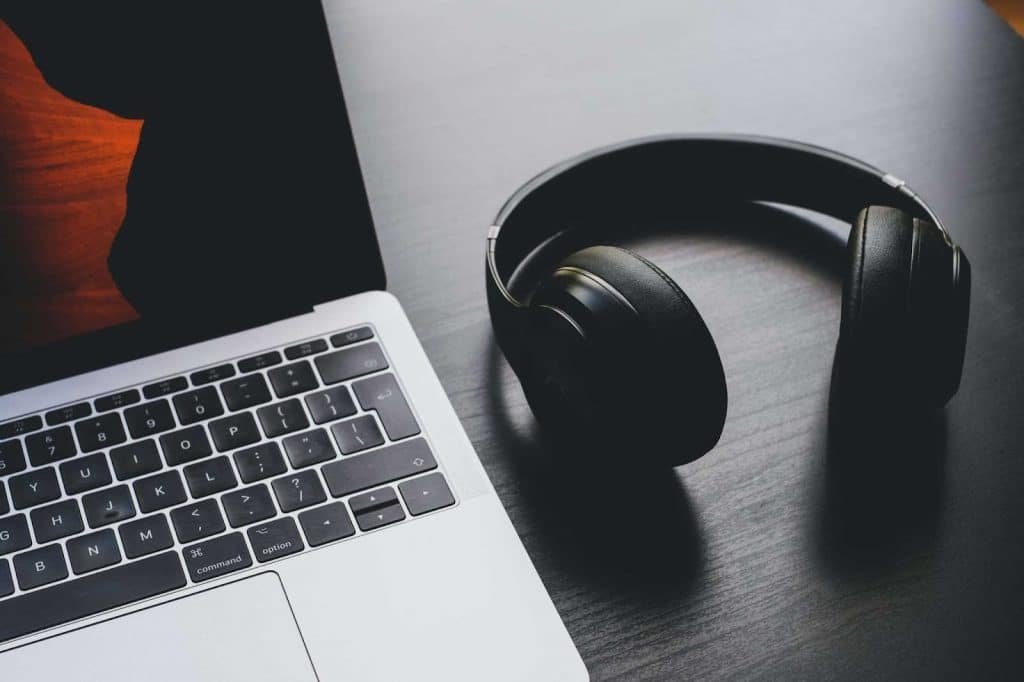
Audio description describes what is happening in a video out loud. AD describes the key visual elements so that individuals who can’t see can understand them. These elements could be physical descriptions of characters or a play-by-play of on-screen action. Narrators work to incorporate these descriptions seamlessly into the video’s natural pauses to provide clear, concise and objective explanations.
For universities, audio description may also offer access to online videos and lectures. To ensure audio descriptions are high quality, accurate and easily accessible, it’s wise to work with a professional audio description provider like Verbit. Verbit uses expert audio describers and partners with universities to ensure that students with low vision receive the highest quality AD possible for equitable learning.
2. Computer and device modifications
Customization options and modifications can significantly help students who are blind or low vision access what they need to learn. Many students with low vision are able to access library catalogs and other databases for relevant articles and books. As long as computers have the ability to enlarge text on the screen or read the on-screen text with speech output software, these students will have access. Additionally, modified keyboards have features like Braille, large letters and brightly colored keys to aid students. Screen readers can also help describe content in a book or on a page, and video magnifiers can attach to a monitor display, allowing students to zoom in on specific document areas.
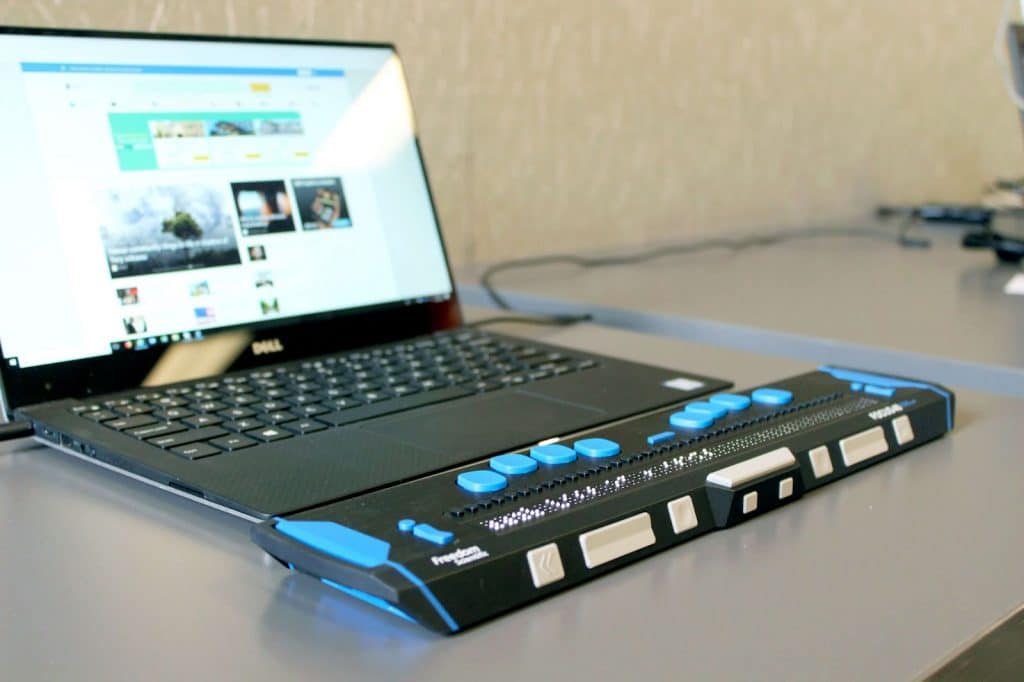
With modifications, smartphones increase usability. There are a variety of apps that can assist with everything from typing Braille notes to finding a destination on campus with Google Maps via speech-to-text.
Adding modifications to everyday devices can make all the difference to a student’s learning experience. Consult with your university students who are blind or have low vision in order to understand what modifications they prefer. They will be grateful for the accommodations and for the care shown to ensure accessibility.
3. Automatic speech recognition technology
Automatic Speech Recognition (ASR) technology powers a lot of the tools you’re likely familiar with, including Siri, Alexa and much more. ASR uses Artificial Intelligence to transform speech, or an audio signal, into text. It uses knowledge of linguistics, computer science and electrical engineering to produce the text. ASR technologies like speech-to-text can help students who are blind with hands-free note-taking and general learning assistance.
ASR is also the basis for voice assistants that users can summon with a simple voice command. These assistants can perform tasks on the phone or computer, like making a call, searching online or reading information out loud.
With access to ASR technology, students who are blind or have low vision can have control over their learning by autonomously taking notes and using these AI-based tools to search for what they need with their voices. Students can greatly benefit and receive more equity as they learn with access to ASR-based tools. ASR also supports accessibility tools like captions that Verbit generates to support those who are Deaf or hard of hearing.
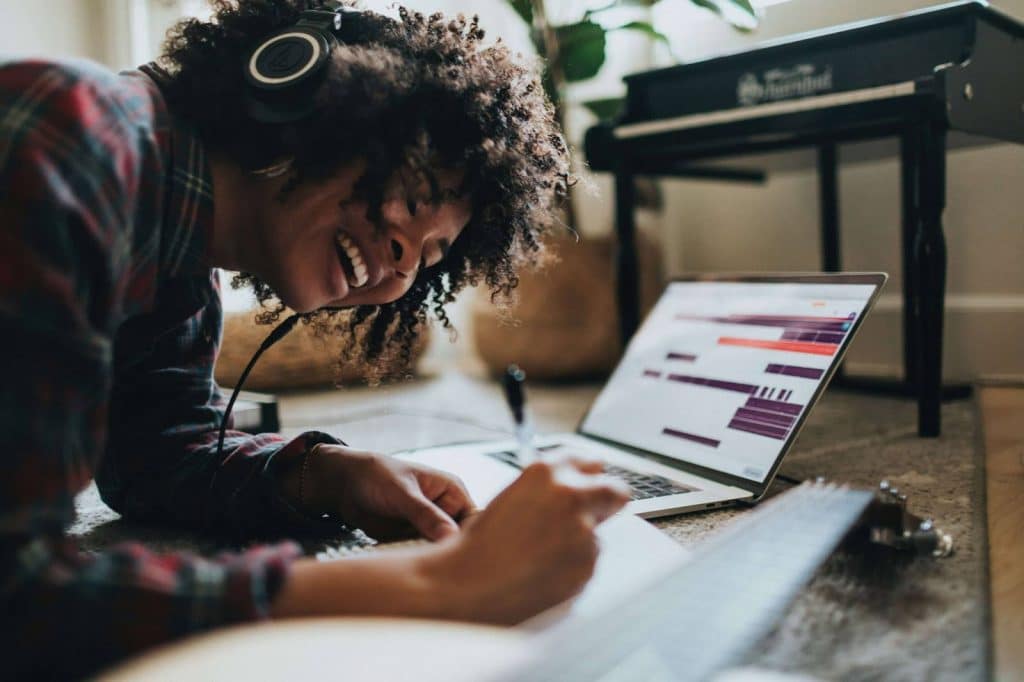
Creating an accessible learning environment
Although federal laws like the ADA protect students with disabilities in higher education, postsecondary institutions still face challenges supporting them. It has been reported that most college students are unaware of their campus disability resource office and its services. Students with disabilities also face classroom barriers if faculty are unaware of disability accommodations or how to provide students with what they need.
Making it known that your university is an accessible environment both in the classroom and throughout the campus is key. Part of providing accessible solutions includes educating faculty on how to accommodate students. Being proactive about providing accessibility solutions like assistive technologies saves students from having to request assistance themselves. This approach is especially helpful if they do not feel comfortable doing so.
Assistive technology like audio description, modified computers and ASR continues to open a world of possibilities for students who are blind or have low vision. Contact us to learn how Verbit’s dedicated team for education can help by offering your institution the tools it needs to create an accessible campus.
